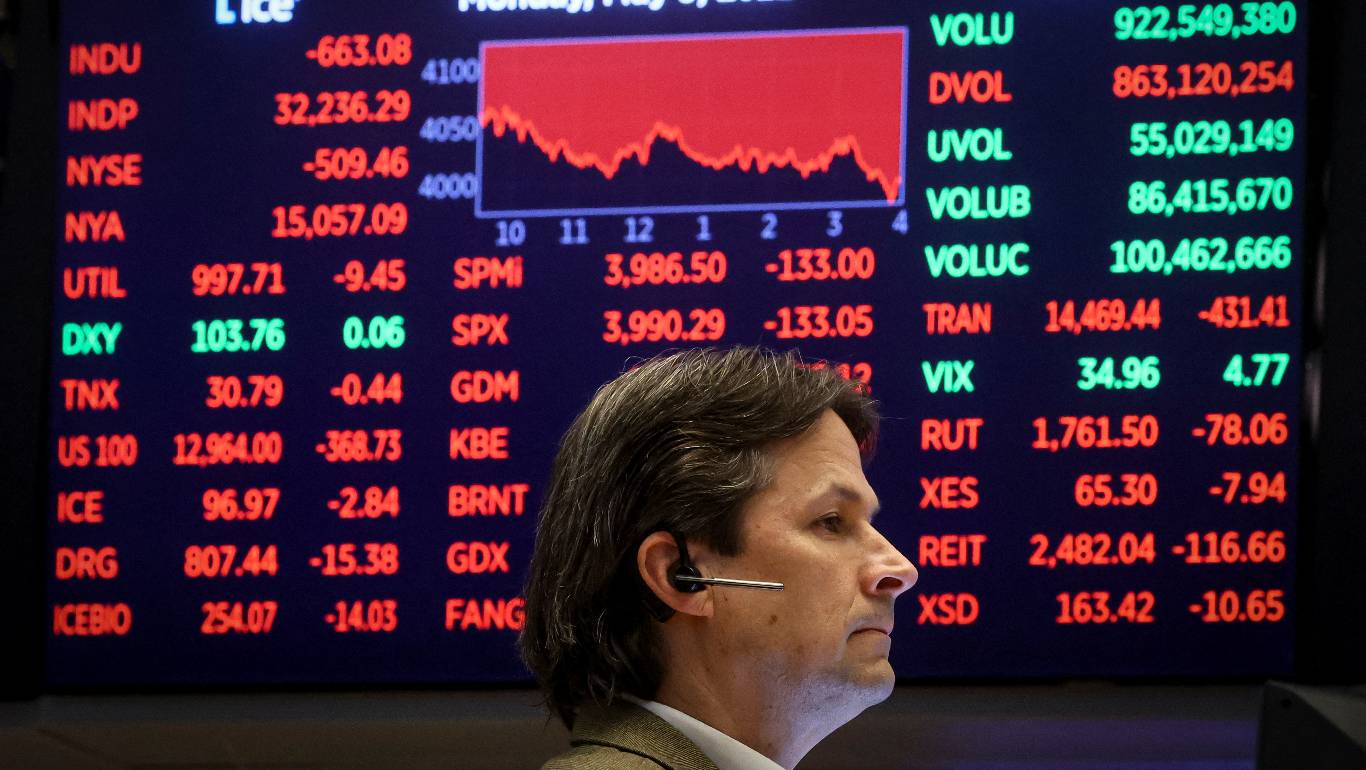




Inflation Update: Green light for easing
 DOWNLOAD
DOWNLOAD

December Economic Update: One for them, one for us
 DOWNLOAD
DOWNLOAD

Philippines Trade Update: Trade trajectories trend along
 DOWNLOAD
DOWNLOAD


Oil turns higher on looming EU ban on Russian oil

May 11 (Reuters) – Oil rebounded on Wednesday after plunging nearly 10% over the previous two sessions, buoyed by supply concerns as the European Union works on gaining support for a ban on Russian oil and as major producers warned they may struggle to fill the gap when demand improves.
Brent crude was up USD 2.35, or 2.41%, to USD 104.84 a barrel at 0658 GMT, while U.S. West Texas Intermediate crude climbed USD 2.2, or 2.24%, to USD 101.97 a barrel.
Oil prices have slumped with commodities and share markets this week, on worries about the hit to economic activity from prolonged COVID curbs in China and sharp interest rate hikes in the United States.
However the supply side still faces challenges.
The EU has proposed an embargo on Russian oil, but a vote, which needs unanimous support, has been delayed as Hungary has dug in its heels in opposition and other European nations have voiced concerns that their economies could suffer.
The impact of the embargo could be limited if the ban is watered down to ease the concerns of eastern European members, but analysts said oil prices could still rise.
“Even if we do see some of the measures relaxed, it is likely that EU sanctions will still meaningfully reduce EU imports of Russian oil and refined products,” Commonwealth Bank analyst Vivek Dhar said in a note.
Highlighting supply concerns, United Arab Emirates energy minister Suhail al-Mazrouei warned on Tuesday that when fuel demand recovers from the coronavirus pandemic, the Organization of the Petroleum Exporting Countries and its allies, together called OPEC+, may not be able to meet demand without further investment.
His comments followed Saudi Arabian Energy Minister Prince Abdulaziz bin Salman’s remarks that the world needs to pay attention not just to tight crude supply but energy capacity running short more broadly.
Capping market gains, the dollar held near a two-decade high ahead of a reading on inflation, due at 1230 GMT, which could hint at the outlook for Fed policy, making crude more expensive for buyers using other currencies.
China’s factory-gate inflation eased to a one-year low in April as state-driven production efforts supported supply and COVID-19 lockdowns in key industries cooled demand. But it could give policymakers headroom for more stimulus to shore up a flagging economy.
(Reporting by Laura Sanicola in New York, Sonali Paul in Melbourne and Muyu Xu in Beijing; editing by Simon Cameron-Moore and Jason Neely)
This article originally appeared on reuters.com





 By Reuters
By Reuters